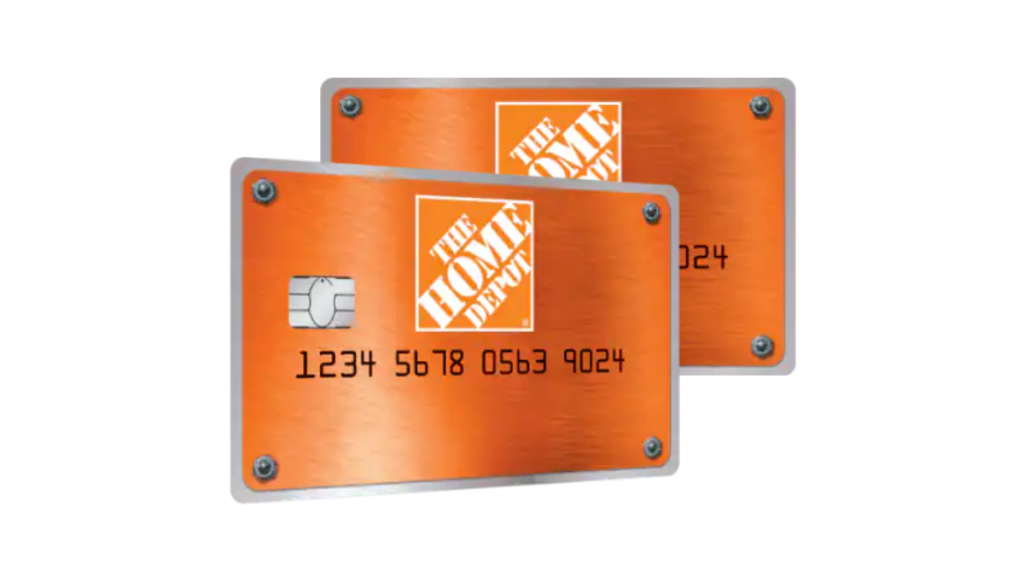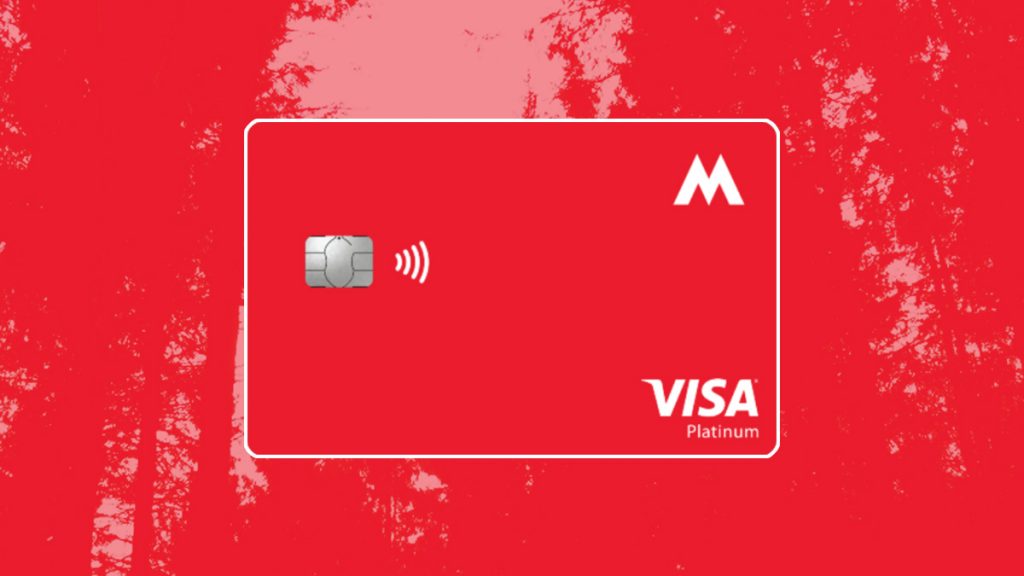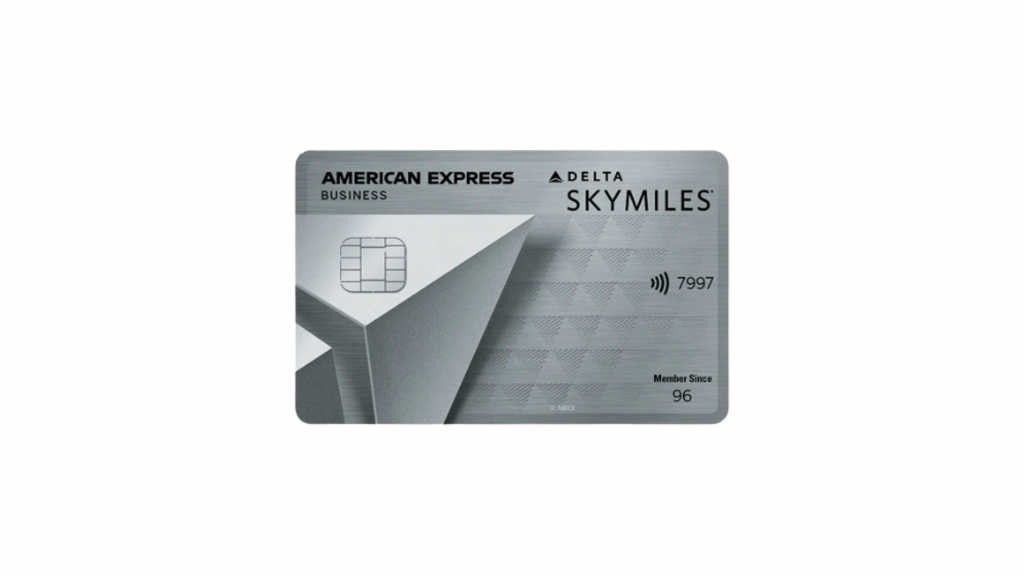Finances (US)
Types of mortgage: learn the best for you
With so many types of mortgages available, it can be overwhelming to determine which one is the best fit for your financial situation and homeownership goals. In this article, we will explore the different types of mortgages available to homebuyers.
Introduction to mortgage: definition and types of mortgage

There are many types of mortgage. Each type of mortgage has its own set of advantages and disadvantages.
With this guide, you will learn about them and will be able to choose the best for you.
Firstly, a mortgage is a loan that is used to purchase a property, typically a house or a condominium.
The borrower is required to make regular payments to the lender until the loan is fully repaid, usually over a period of several years.
Fixed-rate mortgage: understanding the pros and cons
A fixed-rate mortgage is a type of mortgage where the interest rate remains the same throughout the life of the loan.
This means that the borrower will have a consistent monthly payment, making budgeting easier.
The main advantage of a fixed-rate mortgage is that it provides stability and predictability for the borrower.
Nevertheless, the downside of a fixed-rate mortgage is that the interest rate is usually higher than an adjustable-rate mortgage.
Which can result in higher overall interest payments over the life of the loan.
Also, it is important to note that if interest rates decrease, the borrower will not benefit from the lower rates without refinancing the mortgage.
You will be redirected to another website
By submitting this form, I agree that I am 18+ years old and I agree to the Privacy Policy and Terms and Conditions. I also provide my signature giving express consent to receive marketing communications via automated emails, SMS or MMS text messages and other forms of communication regarding financial products such as credit card and loans. Message frequency varies and represents our good faith effort to reach you regarding your inquiry. Message and data rates may apply. Text HELP for help or text STOP to cancel. I understand that my consent to receive communications is not a condition of purchase and I may revoke my consent at any time.
Adjustable-rate mortgage: understanding the pros and cons

Well, an adjustable-rate mortgage (ARM) is a type of mortgage where the interest rate can fluctuate over the life of the loan.
Typically, the interest rate is fixed for an initial period of time, such as five or ten years.
And then adjusts annually based on a predetermined index.
The main advantage of an ARM is that the initial interest rate is usually lower than a fixed-rate mortgage.
Which can result in lower initial monthly payments.
However, the downside of an ARM is that the interest rate can increase over time, resulting in higher monthly payments.
Additionally, fluctuations in the interest rate can make budgeting more difficult for the borrower.
Also, there are different types of ARM loans, including hybrid ARMs.
Which have a fixed interest rate for a certain period before adjusting.
And option ARMs, which offer the borrower the ability to choose their payment amount each month.
Interest-only mortgage: understanding the pros and cons
It is a type of mortgage where the borrower is only required to pay the interest on the loan for a certain period of time.
Typically between five and ten years.
Indeed, one of the best aspects in an interest-only mortgage is that it provides lower monthly payments during the initial period.
However, the downside is that the borrower is not building equity in the property during the interest-only period.
And may face higher monthly payments later on when the principal payments kick in.
Government-backed mortgages: FHA, VA, USDA Loans

The Federal Government guaranteed, through loans, the mortgages. Which can make them easier to obtain for some borrowers.
The most common types of government-backed mortgage include:
FHA loans
These loans are backed by the Federal Housing Administration and are designed to help first-time homebuyers.
And low-to-moderate-income borrowers.
VA loans
These loans are backed by the Department of Veterans Affairs and are available to active-duty service members, veterans, and their spouses.
USDA loans
These loans are backed by the United States Department of Agriculture.
And are designed to help borrowers in rural areas purchase homes.
Jumbo Mortgages: understanding the benefits and risks
Jumbo mortgages are typically used for luxury homes or homes in high-cost areas.
The main benefit of a jumbo mortgage is that it allows borrowers to purchase a home that they might not be able to afford with a traditional mortgage.
On the other side, they also come with higher interest rates, stricter underwriting standards, and higher down payment requirements.
Hybrid mortgage: understanding the pros and cons
It combines aspects of both fixed-rate.
And adjustable-rate mortgages provide the stability of a fixed-rate mortgage during the initial period.
But also allows the borrower to take advantage of lower interest rates if they decrease in the future.
On the other side, the interest rate can still increase after the initial fixed-rate period, which can result in higher monthly payments.
Reverse mortgage: understanding the pros and cons
A reverse mortgage is a type of mortgage that allows homeowners aged 62.
And older to convert a portion of their home equity into cash.
The loan does not have to be repaid until the borrower dies, sells the home, or moves out permanently.
Also, it can provide a source of income for older homeowners who may be struggling to make ends meet.
On the downside, the loan balance can increase over time.
Which can reduce the equity in the home and limit the borrower’s options for the future.
Also, high fees and interest rates.
Which types of mortgage is best for you?
In conclusion, the key is to choose a mortgage that you can afford and that meets your needs and goals for the property.
We hope this article helped explain the types of mortgages and helped you learn the best for you.
Choosing the right mortgage depends on a variety of factors, including:
- your financial situation,
- your goals for the property,
- and your risk tolerance.
By carefully considering the pros and cons of each type of mortgage, you can make an informed decision that will help you achieve your homeownership dreams.
You may also want to consult with a mortgage lender or financial advisor to help you make the best decision for your situation.
How to get a mortgage with poor credit?
You know there are many types of mortgages, but which credit score do you need to get approved? This is a common doubt.
Usually, you’ll need a good or excellent credit score to apply for a mortgage. But if you have poor credit, you can find some options too.
On the following link, we’ll tell you how to get a mortgage with a poor credit score.

How to get a mortgage with poor credit?
Are you looking for a new home but have a poor score? If so, read our post to learn how to get a mortgage with poor credit!
About the author / Aline Augusto
Reviewed by / Aline Barbosa
Senior Editor
Trending Topics

How to apply for the Oportun® Visa® card?
If you need a credit card accepted worldwide and with no need for credit history, read our post about how to apply for a Oportun® Visa® card!
Keep Reading
How to apply for Manor Park Funding?
Do you need a personal loan to help you achieve your financial goals? Read on to learn how to apply for Manor Park Funding!
Keep Reading
How to apply for the Assent Platinum Secured credit card?
The Assent Platinum Secured card can help you build your credit score. Learn how to apply for it today and enjoy its benefits!
Keep ReadingYou may also like

Home Depot Consumer Credit Card: Apply Now!
Get the full scoop on how to apply for the Home Depot Consumer Credit Card. Find out who is eligible and how this card stands against other options. Read on!
Keep Reading
Mogo Prepaid Card Review
By getting a Mogo Prepaid Card, you can save money while reducing your environmental impact. Check our Mogo Prepaid Card review to learn all that this product can do for you and for the planet.
Keep Reading
Delta SkyMiles® Platinum Business American Express Card review
If you want a business card with miles, you should read this Delta SkyMiles® Platinum Business American Express Card review!
Keep Reading